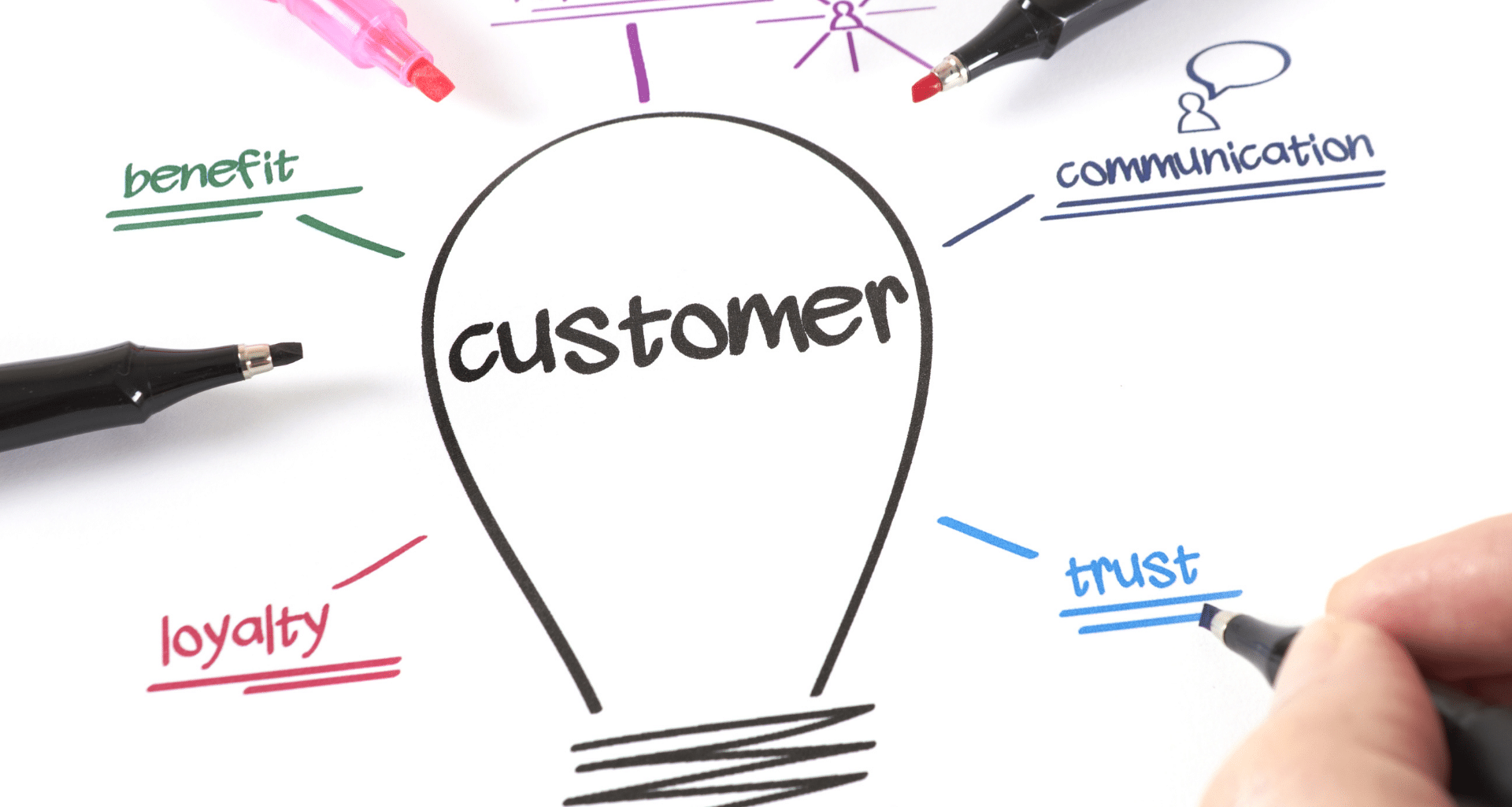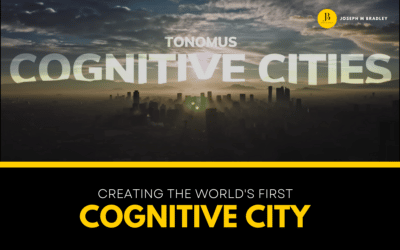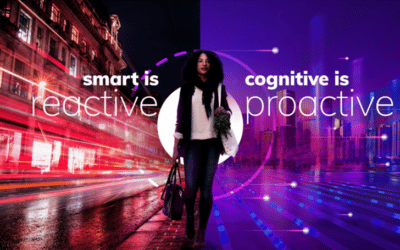Your customers mean everything to your company. But are the decisions you make based on those close relationships?
Times have changed. And they continue to change, rapidly.
The beauty of technology is that on one side it helps us stay more connected than ever with our customers. On the other hand, it’s easy to find yourself far from your customers leading to your organization getting out of touch with your core market. If you lose connection with your customers, it leads to less insight, loss of opportunities for growth and less profit.
The days of isolated leadership sessions of strategy and analytics are gone. Fundamentally, this is an issue that you might not see on the surface level.
But how do you know if you are too far from your customers?
The first hint is if you are using words like “centralization” and “optimization.”
Let’s agree that for businesses to run as efficient machines, they have to prioritize what is important. What makes things uniquely challenging for today’s modern executives is the fact that all things important are not equal.
Enter the growing trend called edge computing.
With edge computing, fewer decisions are being made from the cloud, and connected devices will handle their own processing and storage. These smart machines, like an autonomous vehicles, will send only the most important bits to the cloud, and the cloud will then share what it learned with all of the devices.
In this new flow of information, the devices will begin to learn from one another.
This technological trend impacts not just the tech world, but also the business industry because it underscores a critical trend. To be more successful in today’s business environment, you need to move decision-making as close to the client as possible.
Here are 3 observations for pushing decision-making closer to customers, and reasons why it is imperative to growth.
#1 Context is King
When I travel, I take my noise cancelling Bose headphones with me. They’re my only essential carry-on item because when I have to take a 16 hour flight, I can rest assured that I will have a peaceful trip.
The problem is when I don’t show up to the airport with them. At that moment, I panic and think about all the noise I would hear on a flight to India.
That leads me to the nearest kiosk that sells them. No matter what the price is, I’m paying it. Because without the headphones, I’m in for a miserable trip.
Now consider the other end of the spectrum. If I’m at home on a Friday night looking for my headphones but can’t find them, I won’t be nearly as motivated to buy a new pair. That’s because I’m in the comfort of my own home and I could go and search for them later.
When the context of the situation changes, buying patterns change as well.
This is why context is king.
For your business to best serve customers, you must have an ability to understand and make decisions close to them in the context for which your business best serves. You need to know whether the headphone buyer is in a rush or not.
Is there a time constraint?
Why are they buying this particular item?
According to Forrester Research, 64% of brands get rated as “ok,” “poor,” or “very poor” when asked about customer experience. The type of service your consumers need (what you perceive as good service) and experience (what the customer perceives as good service) are uniquely different.
The ability to have insider knowledge and information about your customer’s situational needs is the difference between a sale or no sale. Being closer to your customers will help you better understand the context under which they operate in real time. Then with this insight, you can make better decisions to put the right products in front of that customer at the right place and right time.
#2 Capture Market Transitions (at Ground Level)
The idea of capturing market transitions gives businesses the opportunity to understand what is happening and insight to fundamental changes of the market from the consumer’s vantage point. The high level, ivory tower is not the place the market revolutionizes.
A critical component to decision-making at the customer’s level can be found by looking closer at the competitive environment.
Businesses tend to focus too much on a single or set of competitors.
Instead of concentrating on the competitor, businesses can gain advantage by looking for market transitions at the ground level. John Chambers, Executive Chairman and former CEO of Cisco, identifies market transitions as early indicators of changes in processes.
Whether social, economic, or technological, they can be seen many years before the market actually adapts to it. He often said that he does not compete against competitors, but he competes against his ability to capture market transitions as quickly as possible.
If you are high in the clouds in an echo chamber of decision-making, your business might not spot market transitions until it is too late. The more space you put between you and the ground where your customers are actually walking, the less you will understand what they need.
If your team does not have an ear to the train track, you will struggle to recognize the true problems your customers are facing in real time. If you identify market transitions after your competitors do, your business could slip into a free fall.
You must be capable of capturing market transitions early and the best way to do that is to listen at ground level.
#3 Customer Loyalty is Fragile
Whether your business is an enterprise or not, the cloud is eroding many of the costs associated with switching from one solution provider to another. The same can be said for consumers. With a plentiful variety of open source options, APIs and off the shelf service providers, more than ever, customers have the freedom of choosing software that changes with the times.
With the low cost ability to switch platforms and programs, the customer’s loyalty is a modern day battleground.
Consumer’s needs change quarter to quarter, month to month and day to day. How well you anticipate your customer’s needs and how quickly you can adjust to meet them affects how loyal your consumer will be. To earn and keep this loyalty, you must anticipate changing demands in real time.
If you centralize your decision-making, you begin seeing and treating customers as segmentation blocks. In an economy where the unique set of characteristics of the consumer is constantly changing, this approach will leave you misinformed.
Focus on the customer at their ground level. Find ways to hear them better. Give yourself an opportunity to collect data that will enable you to make the right decisions at the right time. The better you can serve the needs of your customers’ changing needs, the more loyal they will become. And the more loyal they become, the better they will communicate with you as their needs continue to shift.
In the real world, not all ground-level decision-making will be right; however, if you focus on finding context, identifying market transitions and customer loyalty, you will have a greater chance of success than being reactive.
Let your actions speak loudly, and make sure your customers know that you are listing and are focused on their success. The closer you are to your customers, the closer you are to real business value that will keep you in business.
When customers see how much you are working to define and answer their needs, it shows them that you are invested in them just as they invest in you.
And they will keep investing in your products, services and technologies.





